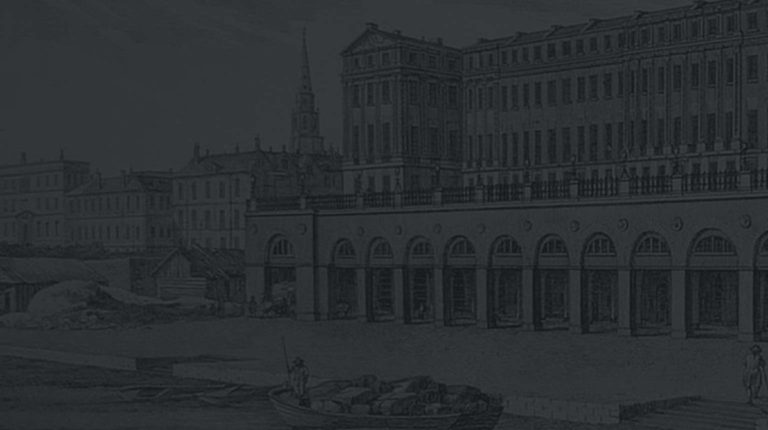In the summer of 1917, Lieutenant F G J Manning of the Royal Naval Reserve was transferred to “special service”. In this case, ‘special service’ meant joining Q-ship Acton (also known as Q-34). Less than a month into his service aboard, the Acton encountered a U-boat off the French coast on 20 August 1917.
For his actions, Manning would receive the Distinguished Service Medal, and the report of the incident adds a colourful insight to the events of that evening.
The Rare Great War Q Ship Distinguished Service Cross Group of 4 awarded to Lieutenant FGJ Manning for his gallantry in HMS Acton’s successful engagement with UC-72 in August 1917. Estimate: £3,000-3,500
“I have the honour of reporting on an action which took place between H.M.S. Acton and a submarine yesterday 20 August 1917.
Acton was steaming at 10 knots when at 6.25pm a submarine was sighted on the port quarter. Acton maintained approximately the same course and reduced speed to 8 knots, orders being at the same time to make more smoke and therefore avoid blowing off steam. The submarine commenced firing at 6.25pm and continued at ranges varying from 8,300 to 6,000 yards until 8.00pm. During this time between 50 and 60 rounds were fired, eight of which were time-fused. The submarine ceased fire as boats were lowered. At 8.00pm the ship was stopped and a ‘panic abandon ship stations’ were carried out: smoke boxes were fired in the well deck and steam leakage turned on.
At about this time the submarine submerged and carried out a close periscope inspection of the ship which lasted until 8.35pm. The submarine was so close that at one point it actually collided with the ship, shaking Acton fore and aft. It then came to the surface about 1,000 yards away and hailed the boats to come along side, but as it was getting dark the submarine was not seen through the spy-holes on the bridge. The next time it was seen, it was circling close round the ship on the surface, and at a range of between 200 and 300 yards, fire was opened on the submarine just before the port beam. Six rounds were fired, at least four of which hit the submarine, the certain hits being two abaft and below the conning tower and two on the conning tower. Loud shouts came up from the submarine when Acton opened fire. The submarine then submerged stern first and most of her conning tower was shot away.
The telegraph was put to full speed ahead, when the open fire bell was pushed and an attempt was made to ram the submarine as she submerged, a depth charge being dropped when over the spot where she submerged at 9.10pm. This exploded 10 to 15 seconds after being let go and sent up a column of black or dark brown water 25 to 30 feet high.
It was now very dark, so the boats were found and hoisted. The foremost fall of the port life boat had been shot away and caused a little delay in hoisting. When the boats were clear of the water, Acton commenced steering in a square, in the hope of finding wreckage on which to drop another depth charge or pick up survivors, but unfortunately, at about 10.20pm, a light, then considered suspicious but since only believed to be a reflection of a star, was seen and followed up.
Nothing further was seen of the submarine, and I consider it was sunk; but the darkness prevented small objects being seen in the water; though after depth charges had exploded the only man who was looking over the side aft said that the water had the appearance it would have if “the ship was throwing ashes overboard”. The depth charge used seems to have gone into the submarine’s swirl. The weather was fine and the sea calm.”
Manning was awarded the D.S.C. and received a £40 share of the Admiralty’s resultant prize fund.
The Group of 4 Medals awarded to Manning for his role in the sinking of UC-72 is now available to buy in our London May Auctions – to view the entire catalogue, click here.


